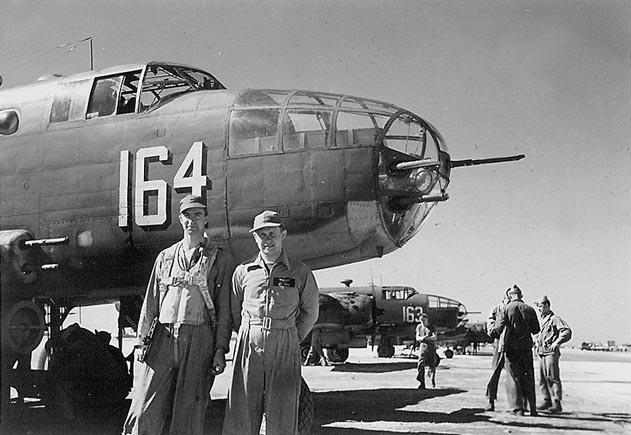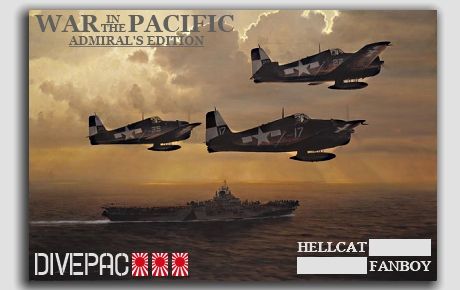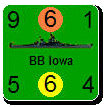ORIGINAL: mdiehl
BTW, late war variants of the Mark 13 torp were not a low and slow weapon. They were designed to be and successfully used at high speeds and higher altitudes. The design limits on late war Mark 13s specified a drop altitude up to 2400 feet at an airspeed of 410 knots.
I'd not appreciated how much they had improved until I saw this, thanks Mdiehl. Navweapons.com has an article about the Mk 13 which says...
"The early models were handicapped by the need to drop them low and slow - 50 feet (15 m) and 110 knots - which made the torpedo planes carrying them more vulnerable to attack. The torpedoes themselves were found to be prone to defects. In mid-1943, an analysis of 105 torpedoes dropped at speeds in excess of 150 knots found that 36 percent ran cold (did not start), 20 percent sank, 20 percent had poor deflection performance, 18 percent gave unsatisfactory depth performance, 2 percent ran on the surface and only 31 percent gave a satisfactory run. The total exceeds 100 percent as many torpedoes had more than one defect.
These problems were greatly reduced by the latter years of the war. Torpedoes had fin stabilizers, nose drag rings and tail shroud rings added, all of which worked to slow the torpedo after it was dropped so that it struck the water nose-first and at an acceptable speed. These improved the drop characteristics such that the recommended aircraft maximum launch parameters were increased to a height of 2,400 feet (730 m) and a speed of 410 knots.
The addition of the nose drag ring improved aerodynamic performance by stabilizing the torpedo in flight and reduced air speed by about 40 percent. It also acted as a shock absorber when the torpedo struck the water. The tail shroud ring improved the water run by reducing hooks and broaches and by eliminating much of the water roll which had characterized the earlier Mark 13s. Hot, straight and normal runs now approached 100 percent. To speed availability of the much improved torpedo, the Bureau of Ordnance had tail assemblies built with the shroud ring attached and then shipped these to the fleet for upgrading the existing inventory. By the fall of 1944, the modified torpedo was in general use by the front-line carrier units which were enthusiastic in their praise. On one occasion in early 1945, six torpedoes were dropped from altitudes between 5,000 and 7,000 feet (1,500 to 2,100 m). Five out of the six were observed to make their runs hot, straight and normal. By the end of the war, the USN considered the Mark 13 to be the best aircraft torpedo produced by any nation and it remained in service until 1950".
While the battles the British fight may differ in the widest possible ways, they invariably have two common characteristics – they are always fought uphill and always at the junction of two or more map sheets.
General Sir William Slim























